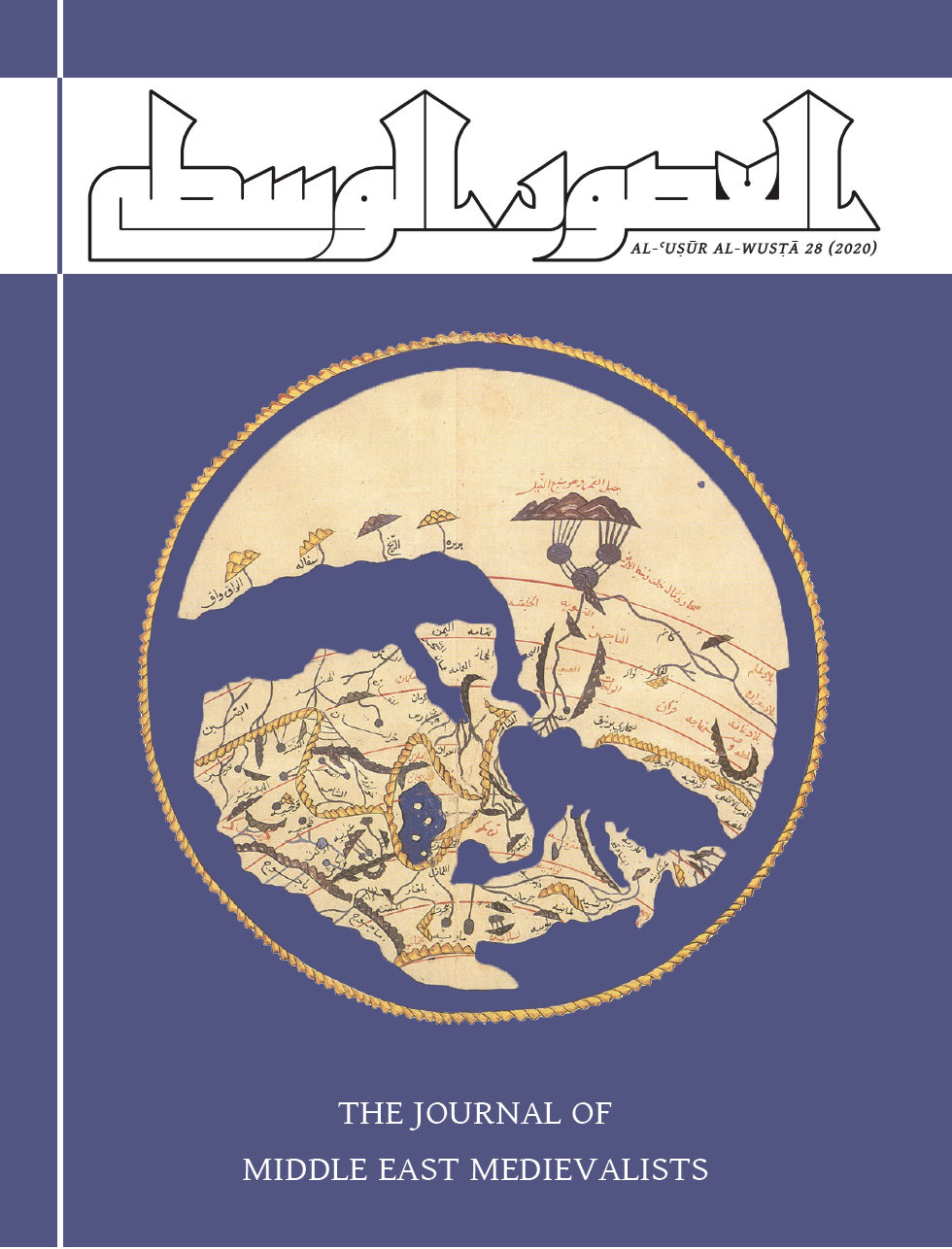Abstract
Stylites (esṭūnōrē) represented a major form of eremitism in late antique and early Islamic Syria and Mesopotamia. As archetypes of the Holy Man described by Peter Brown, they were in close contact with rural populations (pagani) and therefore promoted the Christianization of such marginal, non-civic spaces. In doing so, they quickly became authorities competing with urban bishoprics. Many Syriac sources (such as synodical canons) attest to preaching, teaching, arbitration, judgments, and even administrative sentences carried out by these ascetics on columns for faithful crowds (ʿamē) in villages. Consequently, the churches, and especially the Syrian Orthodox Church, tried to use them for local anchorage during the seventh and eighth centuries while, at the same time, seeking to integrate them into stable and enclosed monastic structures. These solitary monks also fascinated Arab populations since St. Simeon both invented this asceticism and converted local Bedouins. Indeed, the Muslim tradition contains important evidence of the influence exerted by the so-called ahl alṣawāmiʿ on Muslims. In this article I demonstrate that during the first two centuries of the hijra, the concept of ṣawmaʿ(a) exactly matches the Syriac understanding of esṭūnō as a retreat on top of a high construction, whether a square tower or a proper column. I rely on poetry, early lexicography, bilingual hagiography and historiography, and especially the Syriac and Arabic versions of Abū Bakr’s waṣiyya, which expressly refers to these monks. I then show how the developing Islamic authorities tried to divert Arab Muslims from these initially privileged and valued figures. To this end, they used the same kinds of arguments as did the canonical anathemas against stylites, who were also often seen as competitors and threats by the official ecclesiastical
authorities. Scholars of ḥadīṯ, fiqh, and tafsīr developed their own rhetoric, distinguishing, for instance, between good stylites and bad “tonsured” ones, while jurists gradually restricted their initial tax privileges. Finally, the latter, at the end of the second/eighth century, they required Muslims to completely avoid them, completing the process of excommunicating both Christianity and its most revered figure.

This work is licensed under a Creative Commons Attribution-NonCommercial-NoDerivatives 4.0 International License.
Copyright (c) 2021 Simon Pierre

